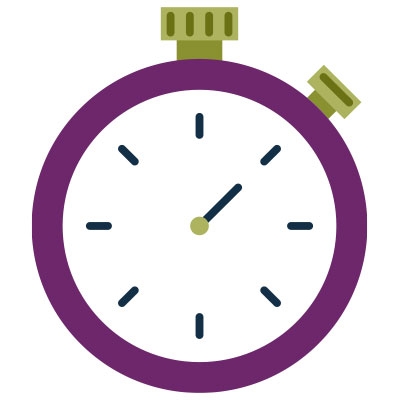Acute Promyelocytic Leukemia (APL)
What is (APL)?
Acute promyelocytic leukemia (APL) is a rare but distinct subtype of acute myeloid leukemia (AML), accounting for approximately 5–10% of AML cases. It is primarily defined by a genetic abnormality—a balanced translocation t(15;17) (q22;q12)—which leads to the formation of the PML-RARA fusion gene. This mutation disrupts normal blood cell development, leading to the accumulation of immature white blood cells called promyelocytes.
Standard Treatment for APL
The currently approved treatment for APL is a combination therapy using:

All-Trans Retinoic Acid (ATRA)

Arsenic Trioxide (ATO)
This therapy has shown remission rates of over 90% in patients with APL, making it the standard of care for adults diagnosed with de novo, non-high-risk APL.
Challenges of Arsenic Trioxide Treatment
While Arsenic Trioxide is an essential part of APL treatment, its current approval in North America and Europe is limited to an intravenous (IV) formulation. This requires patients to undergo:

Up to 140 infusions
over the course of treatment

Each infusion
lasting 2–4 hours
The treatment burden of frequent intravenous (IV) administration of arsenic trioxide (ATO) in Acute Promyelocytic Leukemia (APL) is significant and multifaceted, affecting patients physically, emotionally, and logistically. Key aspects include:
1. Physical Burden
Frequent Hospital Visits: ATO is often administered daily (5-7 days per week) for several weeks in induction and consolidation phases, requiring frequent hospital or clinic visits.
Infusion-Related Side Effects: Patients may experience fatigue, nausea, headaches, and infusion reactions.
Toxicities: Common toxicities include:
QT Prolongation: Increased risk of arrhythmias requiring ECG monitoring.
Hepatotoxicity: Liver function must be monitored frequently.
Differentiation Syndrome: A potentially life-threatening complication that requires close monitoring and potential hospitalization.
Electrolyte Imbalances: Hypokalemia and hypomagnesemia requiring supplementation.
2. Emotional and Psychological Burden
Anxiety and Stress: The prolonged and intensive nature of treatment can lead to anxiety, depression, or emotional distress.
Impact on Quality of Life: Frequent hospital visits and side effects may limit social interactions and daily activities.
3. Logistical Burden
Travel and Time Commitment: Patients and caregivers must commit to regular travel to infusion centers, which can be especially challenging for those living in remote areas.
Work and Family Disruptions: Treatment schedules can interfere with employment, caregiving responsibilities, and daily routines.
Financial Costs: Even with insurance, there may be out-of-pocket costs related to transportation, lost wages, and supportive care.
4. Long-Term Considerations
Extended Duration of Therapy: ATO-based regimens require months of therapy, and logistical challenges.
While arsenic-based therapy has dramatically improved APL survival rates, addressing the associated treatment burden through supportive care, patient education, and logistical assistance is crucial for optimizing outcomes and quality of life.
